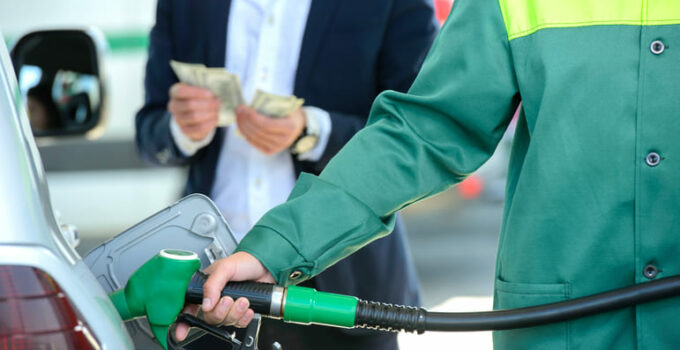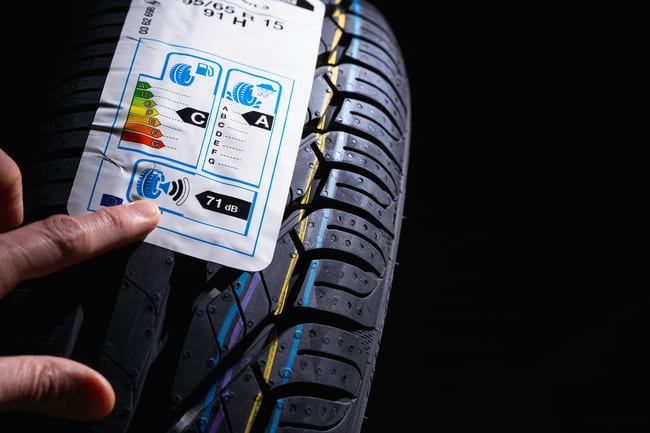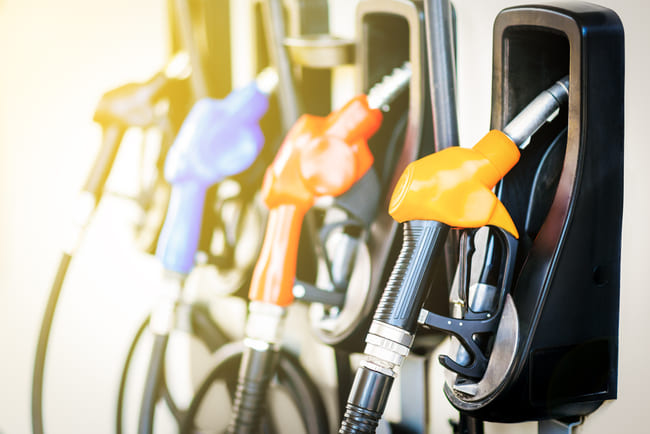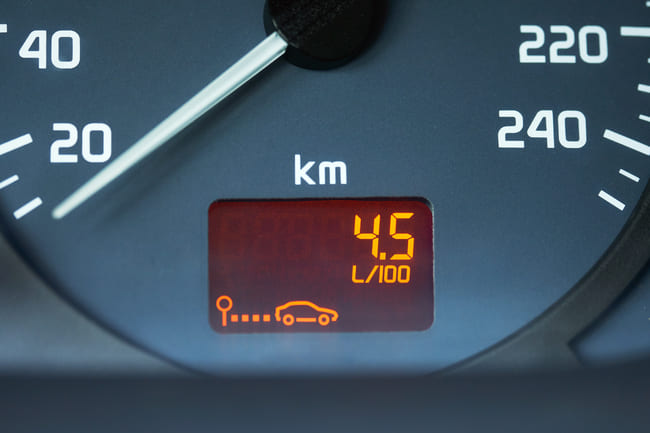
Every driver should think about their fuel consumption from time to time make. Even if many on-board computers can calculate this value automatically today, it is still worth checking the fuel consumption yourself. The information provided by the on-board computer is often imprecise and only provides a certain point of reference. Comparing fuel consumption over time can also help you identify specific issues with your vehicle. Our article also provides you with tips on how to reduce your fuel consumption.
Contents
How can you easily calculate your fuel consumption?
If you want to know how high the fuel consumption of your car is, there is a comparatively simple method. Basically, you need two values: the number of kilometers driven and the amount of fuel required. The first value can best be determined with the tour kilometer counter, which every modern vehicle model still has. If you want to determine the fuel consumption, first fill up your vehicle. Immediately afterwards you set your tour kilometer counter to 0. After the period of time over which you want to measure your car's fuel economy has passed, read the mileage and fill up your car again. The amount of fuel that you have refueled is then exactly the amount that you needed to cover the distance on the odometer. Then divide the amount of fuel by the mileage and multiply the result by 100. This will give you the fuel consumption as a value for 100km. This is also how it is usually stated. For this fuel consumption formula, it is also irrelevant whether you want to calculate the fuel consumption of a diesel or a petrol engine. You can also measure the consumption of alternative drives in the same way.
The tires of your car and its fuel consumption

An important factor that has a major impact on fuel consumption is the tires used. For this reason, the EU decided a few years ago to make a so-called tire label mandatory. This reflects the most important technical values of a tire. In addition to volume and grip on dry roads, this also includes the fuel consumption class (rolling resistance, to be more precise). To make the comparison easier for consumers, all values are divided into classes A to G, as with refrigerators. As a driver, you should therefore make sure when buying tires that you choose items that have a low rolling resistance. This enables you to permanently reduce fuel consumption. If you are not about to buy a new tire, you should at least stick to the change intervals: Winter tires lead to higher fuel consumption, especially at higher temperatures.
What also influences fuel consumption ?
The most important influencing variable is of course the type of vehicle itself. A mobile home and an SUV naturally have a higher fuel consumption. On the one hand, this is of course due to the actual vehicle weight, but also to the poorer aerodynamics compared to standard passenger cars. In the case of SUVs, this results, among other things, from their higher vehicle ground clearance. This allows more air to flow under the vehicle, which reduces traction and increases fuel consumption.

Another decisive factor is the fuel used and its actual energy density. A liter of diesel has a higher energy content than a liter of standard petrol. Accordingly, a diesel engine consumes slightly less fuel than a comparable petrol engine with the same degree of efficiency. The energy density of LPG is even lower, although this type of fuel is usually not measured by volume but by weight. In addition, you should always keep in mind that the maximum efficiency of an internal combustion engine is limited by the second law of thermodynamics. Assuming typical temperatures in combustion engines (cylinder 2750 K and exhaust gases around 1250 K), the maximum value is only 54%. Most modern petrol engines are in the range of just under 40%, while diesel engines can still achieve around 45%. This is one of the reasons why it is worth looking into alternative drives.
Also important for the actual fuel consumption are the engine itself, or its power, and the transmission, or its translation, but the fuel consumption is also significantly influenced by the speed. You can note that the fuel consumption increases significantly with increasing engine speed. This also applies accordingly to the speed. The easiest way to understand this connection is to monitor your fuel consumption with the on-board computer.

This also makes it easy for you to see that you should change into a higher gear as early as possible and downshift as late as possible. The optimum speed range for diesel engines is between 1,000 and 2,000 revolutions per minute, while for a petrol engine it is 1,500 to 2,500. Revolutions per minute.
Last, but not least, vehicle maintenance also has an impact on fuel consumption. If your fuel consumption is too high, you should consider an oil change. Special low-viscosity engine oils are also offered, which should help to significantly reduce vehicle fuel consumption.
Conclusion
Fuel consumption and CO2 emissions are two directly related related sizes. Every driver should know how to easily calculate their own fuel consumption. This also makes it easy to see how different driving styles affect the economy of your car. Ultimately, this also helps you to reduce fuel consumption with simple means. However, we advise against chip tuning to reduce your fuel consumption.
A tip from CarTipsandmore: When buying a new car, pay attention to its fuel consumption. So you can benefit from lower fuel consumption for a long time. In addition to the general maintenance costs and the necessary repairs, this determines the profitability of your car. Further (invisible) costs then only arise from the depreciation of your car.
